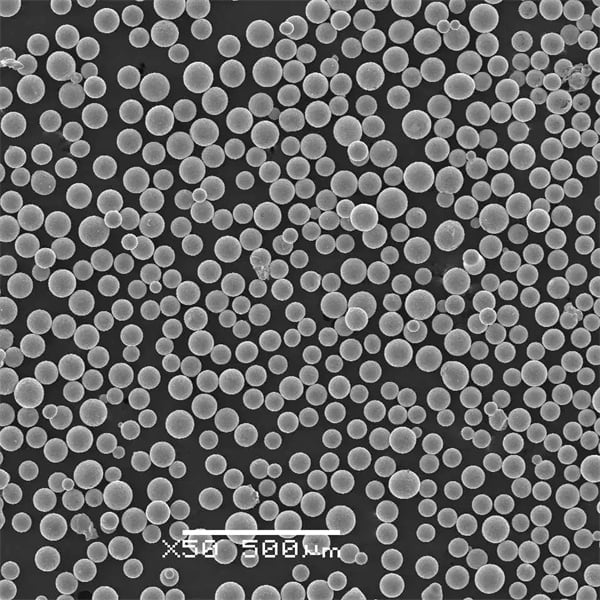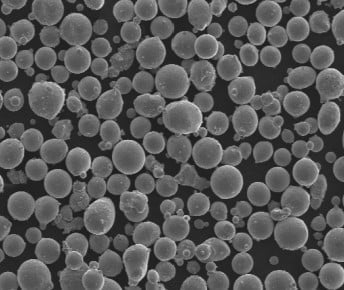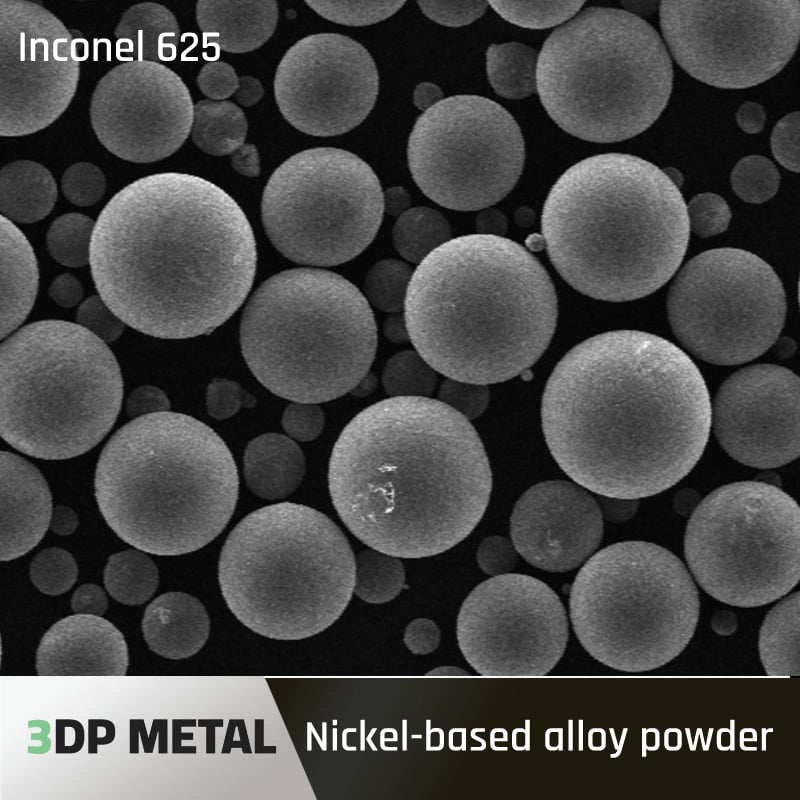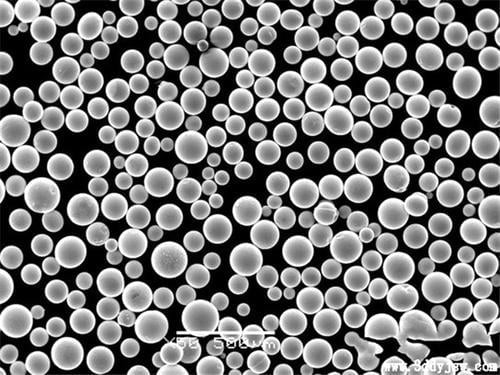Imagine turning a steaming vat of molten metal into a cloud of ultra-fine powder, each particle a million times smaller than a marble. That’s the magic of 金属粉末噴霧装置, a technological marvel that’s revolutionizing countless industries.
In this comprehensive guide, we’ll delve into the fascinating world of metal powder atomization. We’ll explore the different types of equipment, uncover their diverse applications, and shed light on the advantages that make this technology so groundbreaking. So, buckle up and get ready to explore the intricate dance between molten metal and microscopic marvels!
Different Types of Metal Powder Atomization Equipment
Metal powder atomization equipment comes in two main flavors: water atomization そして ガス霧化. Each technique boasts its own strengths and caters to specific needs. Let’s take a closer look:
- 水の霧化: Picture a high-pressure stream of water colliding with a molten metal stream, shattering it into tiny droplets that solidify in mid-air. This rapid cooling process creates a fine, spherical powder. Water atomization is a cost-effective option, well-suited for high-volume production の common metals like aluminum and copper. However, it may introduce oxygen contamination and limit the production of reactive metals like titanium.
- ガス霧化: In this method, an inert gas like argon is used to break down the molten metal. The gas stream can be a jet, a de Laval nozzle, or a rotary atomizer. Gas atomization offers several advantages. It produces purer powders with a narrower size distribution compared to water atomization. This makes it ideal for reactive metals そして high-performance applications like aerospace and medical implants. However, gas atomization equipment tends to be more expensive and have a lower production rate compared to its water-based counterpart.

Choosing the Right Equipment:
The choice between water and gas atomization depends on several factors:
- Metal type: Water atomization works well for non-reactive metals, while gas atomization is preferred for reactive ones.
- Powder quality requirements: Gas atomization offers superior purity and size control.
- 生産量: Water atomization excels in high-volume production.
- 予算 Water atomization is generally more cost-effective.
Beyond the Basics: Advanced Techniques
The world of metal atomization doesn’t stop there. Innovative techniques like vacuum atomization そして electrolytic atomization are pushing the boundaries even further. Vacuum atomization creates ultra-clean powders in a controlled atmosphere, perfect for demanding applications like jet engine components. Electrolytic atomization utilizes an electric current to break down the metal, offering precise control over particle size and morphology.
Various Applications of Metal Powder Additive Manufacturing Takes Center Stage
Metal powder atomization is the backbone of a rapidly growing field: additive manufacturing (AM), also known as 3D printing. Here, metal powder is used to build complex objects layer by layer, opening doors to revolutionary advancements in various industries:
- 航空宇宙: Metal AM allows for the creation of lightweight, high-strength components for airplanes and spacecraft, leading to increased fuel efficiency and performance.
- 自動車: Complex car parts with intricate designs can be produced using metal AM, enabling weight reduction and improved fuel economy.
- 医療 The ability to create custom-made prosthetics and implants with biocompatible metal powders is revolutionizing patient care.
- 消費財: From customized jewelry to lightweight sporting equipment, metal AM is making its way into everyday products.
Beyond AM: A Universe of Possibilities
Metal powder atomization extends far beyond the realm of 3D printing. Here are some other exciting applications:
- 金属射出成形(MIM): Metal powders are mixed with a binder, molded into complex shapes, and then debindered and sintered to create high-precision metal parts.
- 溶射: Metal powders are melted and sprayed onto surfaces to create wear-resistant coatings or build up worn-out parts.
- Brazing and Welding: Metal powders can be used as filler materials for joining metal components, offering superior strength and control.






の利点 Metal Powder Atomization Equipment
Metal powder atomization equipment offers a multitude of advantages that are transforming manufacturing processes:
- デザインの自由: Unlike traditional subtractive manufacturing techniques, metal AM allows for the creation of complex geometries with internal channels and lattices, previously impossible to achieve.
- 軽量化: Metal powders can be used to create lightweight, high-strength components, leading to increased fuel efficiency and performance in applications like aerospace and automotive.
- Material Efficiency : Metal AM minimizes waste by using only the necessary material to build the desired object. This is a stark contrast to traditional subtractive methods that generate significant scrap.
- ラピッドプロトタイピング: The ability to quickly create prototypes using metal AM allows for faster design iteration and product development cycles.
- マス・カスタマイゼーション: Metal AM enables the production of customized parts in small batches, making it ideal for personalized products and niche applications.
- パフォーマンスの向上: Metal powders can be engineered with unique properties, leading to components with superior strength, wear resistance, and heat tolerance.
環境への恩恵: Metal powder atomization can contribute to a greener manufacturing landscape. Here’s how:
- 廃棄物の削減: As mentioned earlier, metal AM minimizes waste by using only the necessary material. This translates to less material ending up in landfills.
- 軽量化: The ability to create lightweight components using metal powders leads to reduced energy consumption during transportation in industries like automotive and aerospace.
- オンデマンド製造: Metal AM allows for localized production, reducing the need for long-distance transportation and associated emissions.
Challenges and Considerations
While metal powder atomization offers a plethora of advantages, it’s important to acknowledge some challenges and considerations:
- High Equipment Cost: Metal atomization equipment, particularly gas atomization systems, can be expensive to purchase and maintain.
- Powder Quality Control: Maintaining consistent powder quality is crucial for successful applications like AM. Factors like particle size distribution and morphology need to be tightly controlled.
- Safety Concerns: Metal powders can be flammable and pose health risks if inhaled. Proper handling and safety protocols are essential.
- 限られた素材の選択: Not all metals are readily available in atomized powder form. Research and development are ongoing to expand the range of available materials.
- 後処理: Metal powder-based parts often require post-processing steps like heat treatment or hot isostatic pressing (HIP) to achieve their final properties.

FAQ
Here’s a breakdown of some frequently asked questions regarding metal powder atomization equipment:
| 質問 | 回答 |
|---|---|
| What are the key factors to consider when choosing between water and gas atomization? | The primary factors include the type of metal being processed, desired powder quality, production volume, and budget. |
| What are some emerging trends in metal powder atomization? | There’s a growing focus on developing finer and more uniform powders, exploring new atomization techniques like electrolytic atomization, and utilizing recycled metal feedstock for sustainable production. |
| How is the metal powder atomization industry impacting the environment? | While there are challenges, metal AM, enabled by metal powder atomization, can contribute to a greener future by minimizing waste and enabling lightweighting. |
| What are the safety precautions to take when handling metal powders? | Proper ventilation, personal protective equipment like respirators, and safe handling procedures are crucial to prevent inhalation and fire hazards. |
| What is the future of metal powder atomization equipment? | As the demand for AM and other applications grows, advancements in atomization technology can be expected, leading to more efficient, cost-effective, and versatile equipment. |
結論
Metal powder atomization equipment is not just a piece of machinery; it’s a gateway to a world of possibilities. From the intricate structures of 3D-printed implants to the lightweight components of tomorrow’s airplanes, this technology is shaping the future of manufacturing. As research and development continue, we can expect even more innovative applications and advancements in metal powder atomization, pushing the boundaries of what’s possible and revolutionizing countless industries for years to come.
3DP mETALについて
製品カテゴリー
お問い合わせはこちら
何かご質問はありますか?今すぐメッセージを送信してください。あなたのメッセージを受信後、全チームで検討させていただきます。
